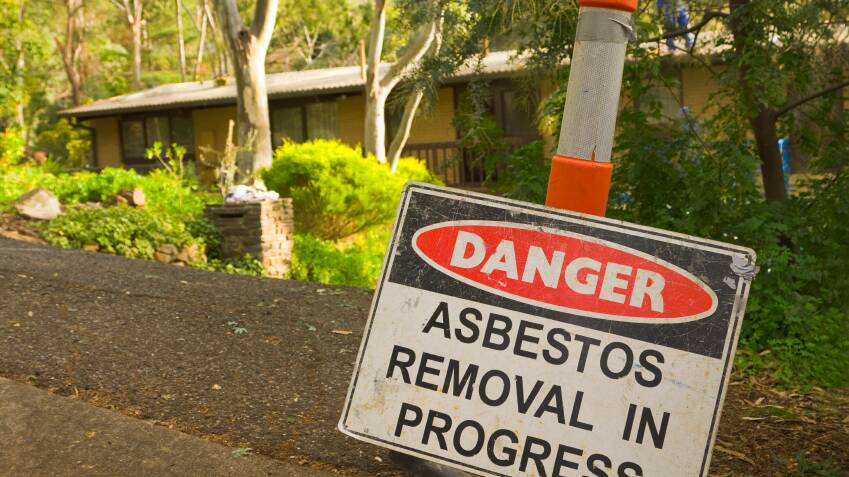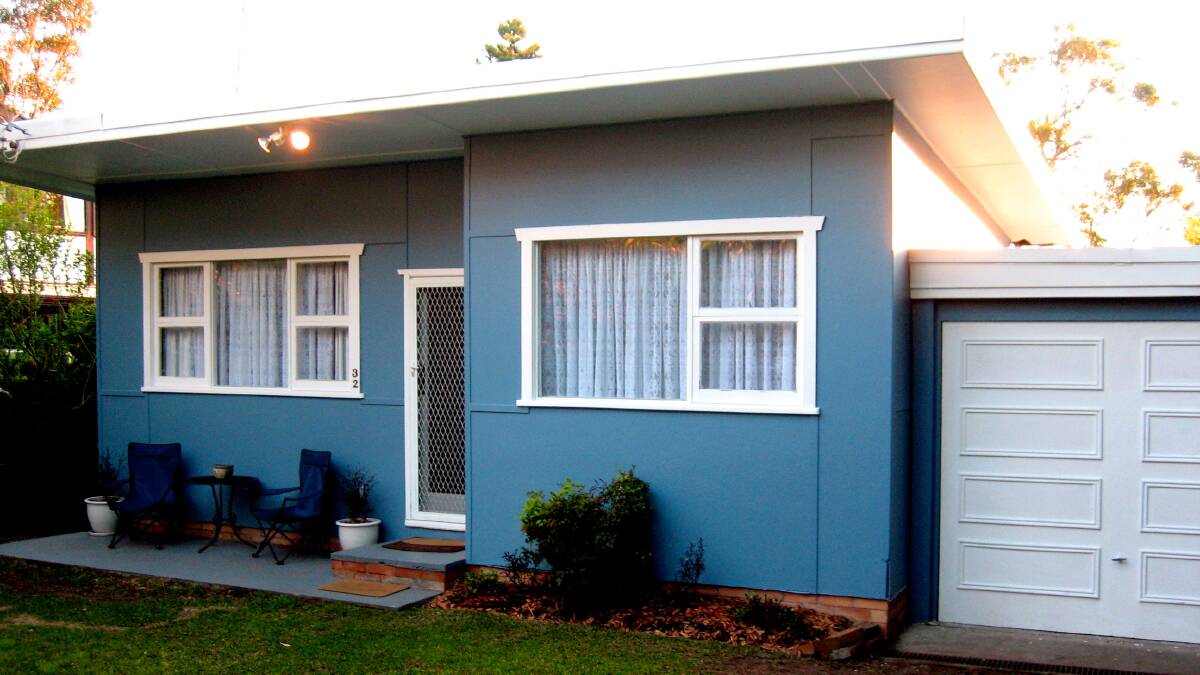Planning a reno in retirement? If so, it pays to know what asbestos is and what it can do - because it can be a killer.
Create a free account to read this article
$0/
(min cost $0)
or signup to continue reading
This is especially in renovation situations, with half of mesothelioma patients reporting exposure to asbestos during renovations.
One in three Australian homes contain asbestos, which when disturbed releases microscopic fibres that can be inhaled. This can lead to asbestos-related diseases including asbestosis, lung cancer and malignant mesothelioma.
There is no cure for mesothelioma, a cancer that can develop between 33 and 44 years after inhaling asbestos fibres. The average survival time following diagnosis is about 12 months.

"There is no known safe level of exposure to asbestos fibres," said Asbestos Education Committee and Advocacy Australia chair Clare Collins.
"With exposure now also linked to ovarian and laryngeal (voice box) cancers, and evidence suggesting it may increase the risk of other cancers such as breast, stomach and colon cancer, the importance of increasing awareness and community knowledge of asbestos risks cannot be overstated."
That's why the organisation has developed vital new resources to ensure people continue to manage asbestos safely by providing user-friendly resources.
Ms Collins said many homeowners know little of asbestos risks and think that only tradies are at risk. But the reality contradicts this thinking.

In the most recent Australian Mesothelioma Registry Report (April 2023), 83 per cent of respondents were assessed as having had "possible or probable" exposure to asbestos fibres in non-occupational settings - primarily in homes.
Of patients surveyed, 51 per cent said exposure to asbestos occurred when undertaking major home renovations; 38 per cent had lived in a house undergoing renovations; 20 per cent said they had lived in the same home as someone who was exposed to asbestos at work and brought the fibres home in dust; and 12 per cent said they had lived in a house made of fibro built between 1947-1987.
With Australia's asbestos-related death toll of more than 4000 a year predicted to rise, the education committee urges homeowners, property managers and tradies to learn how to manage asbestos safely by visiting its website.
An extensive range of free, user-friendly information, is contained in the newly developed Asbestos 101 for Residential Property Owners, Managers and Tradies education resource. Information includes why asbestos is dangerous; the risks of working unsafely; steps to take if you come across materials you suspect may contain asbestos; the importance of engaging an occupational hygienist or licensed asbestos assessor to confirm if asbestos is present; and why it's vital to only use licensed asbestos removalists.
When it comes to asbestos, it is important to remember the DON'Ts:
DON'T cut it
DON'T drill it
DON'T drop it
DON'T sand it
DON'T scrape it
DON'T scrub it
DON'T dismantle it
DON'T tip it
DON'T waterblast it
DON'T demolish it
And whatever you do... DON'T dump it.
Click HERE for more information.

